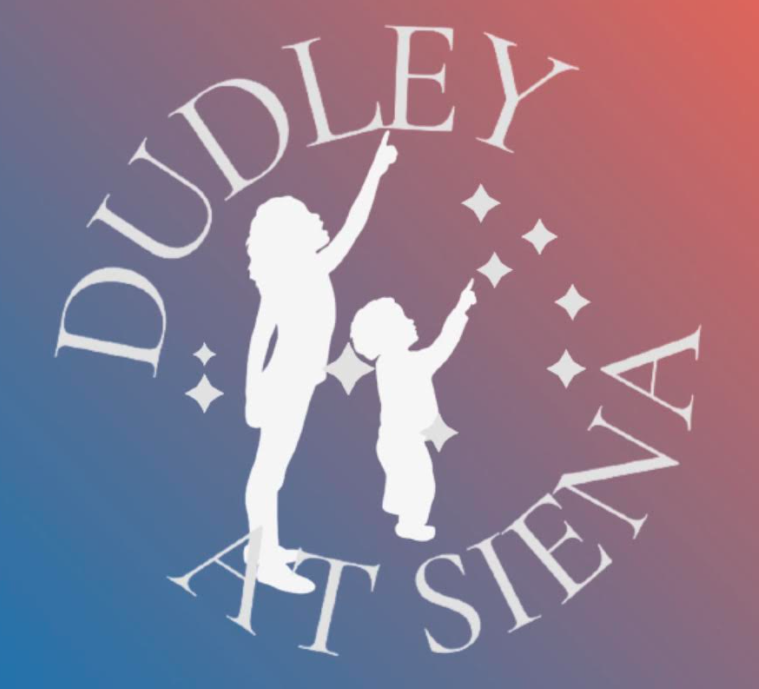Skywatch Line for Friday, September 19, through Sunday, September 21, written by Sam Salem
This is Dudley Observatory’s Skywatch Line for Friday, September 19, through Sunday, September 21, written by Sam Salem.
On Friday, Sun rises at 6:40am and sets at 6:57pm; Moon rises at 4:11am and sets at 6:09pm.
The crescent Moon will be near the faint Beehive star cluster in the early twilight. Lower in the sky you’ll spot Venus and the star Regulus. On Friday morning, the crescent Moon will float next to Venus and Regulus. On Saturday, about 40 minutes before sunrise, the very thin waning crescent moon will hang below Venus and Regulus in the east.
New Moon occurs on Sunday at 3:54pm.
The zodiacal light may be visible before morning twilight for Northern Hemisphere observers in dark skies around the September equinox. Southern Hemisphere observers look for it as darkness falls.
The fastest sunsets, and sunrises, occur at or near the equinoxes. The slowest sunsets, and sunrises, occur at or near the solstices. It’s true whether you live in the Northern or Southern Hemisphere. This refers to the actual number of minutes it takes for the body of the Sun to sink below the western horizon. The Sun sets quickly around the equinoxes as the Sun rises due east and sets due west at this time of the year. On the day of an equinox, the setting Sun hits the horizon at its steepest possible angle. The September equinox happens on Monday.
Venus and Jupiter shine in the east before and during dawn. Venus, at magnitude –3.9, sits low. Jupiter, at magnitude –2.0, is high up. They continue to move farther apart. The planets will be 40° apart on Saturday. Left of Jupiter are the Gemini heads, Castor and Pollux. Venus is approaching Regulus. They reach conjunction just ½° apart on Friday morning.
Mars, at magnitude 1.6 in the constellation of Virgo, sits very low in the west as twilight fades. Use binoculars to try to catch it about 40 minutes after sunset a little above the west-southwest horizon.
Titan, Saturn’s largest moon, casts its shadow onto Saturn’s face late on early Saturday morning. Titan’s shadow skims just inside Saturn’s northern limb from 1:09am to 3:34am early Saturday morning. Saturn is up all night now, though it is highest in the steadiest seeing around the middle of the night.
Saturn comes to opposition on Saturday. It rises around sunset and looms low in the east-southeast as the stars come out. It’s lower right of the Great Square of Pegasus, which is standing on one corner.
Look for the Double Cluster in Perseus and the Great Andromeda Galaxy M31high in the east, around 10 pm. The two deep-sky objects are 22°, or two fists apart.
They’re both 4th magnitude, but to the naked eye they look rather different from each other in a dark sky. The two clusters of the Double Cluster (NGC 869 and NGC 884) are
at very similar distances, about 7,600 light-years away. M31, at 2.5 million light-years, is 330 times farther. Fainter M34, another open cluster, is only 1,500 light-years out. Use binoculars to help you examine these deep-sky objects.
